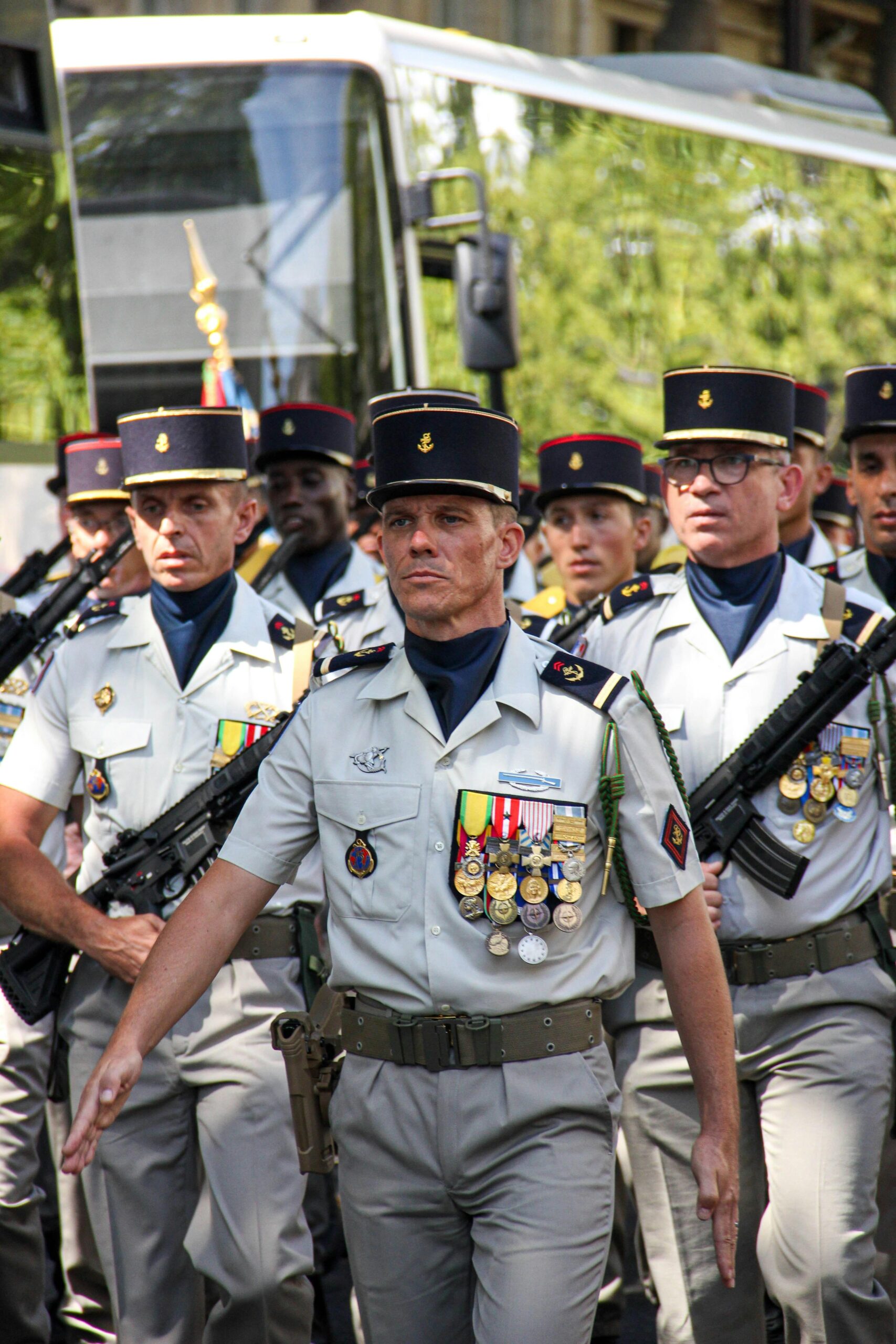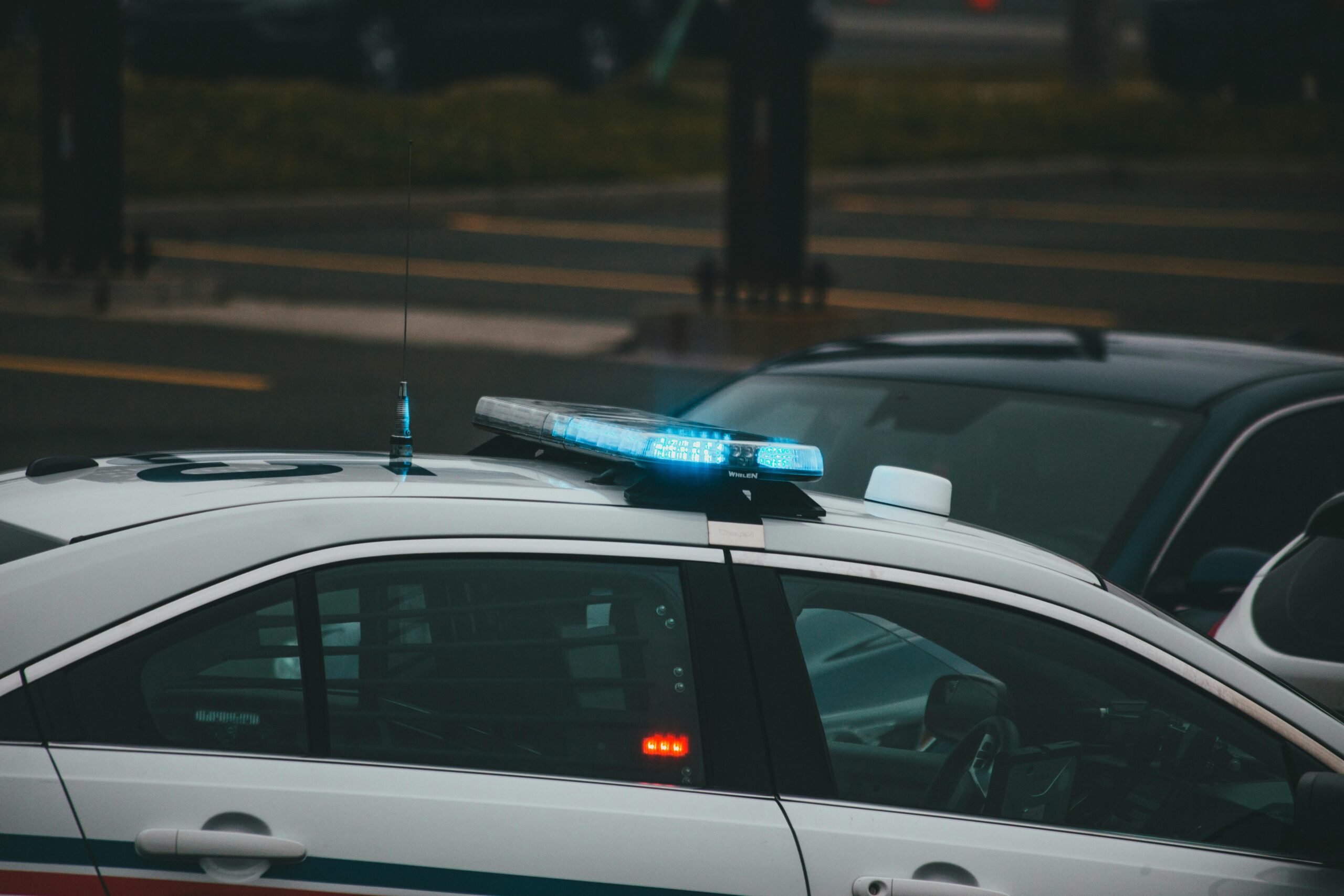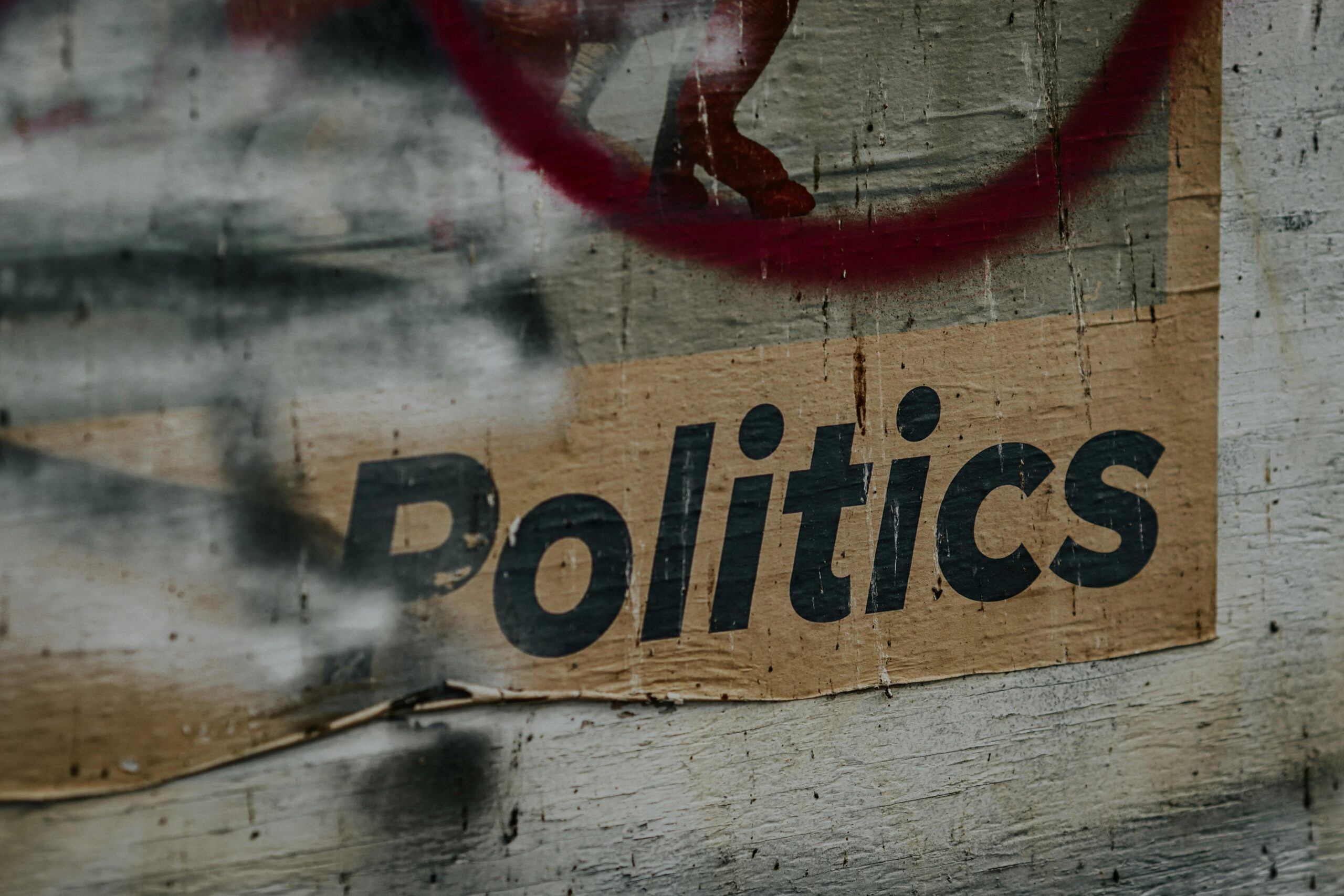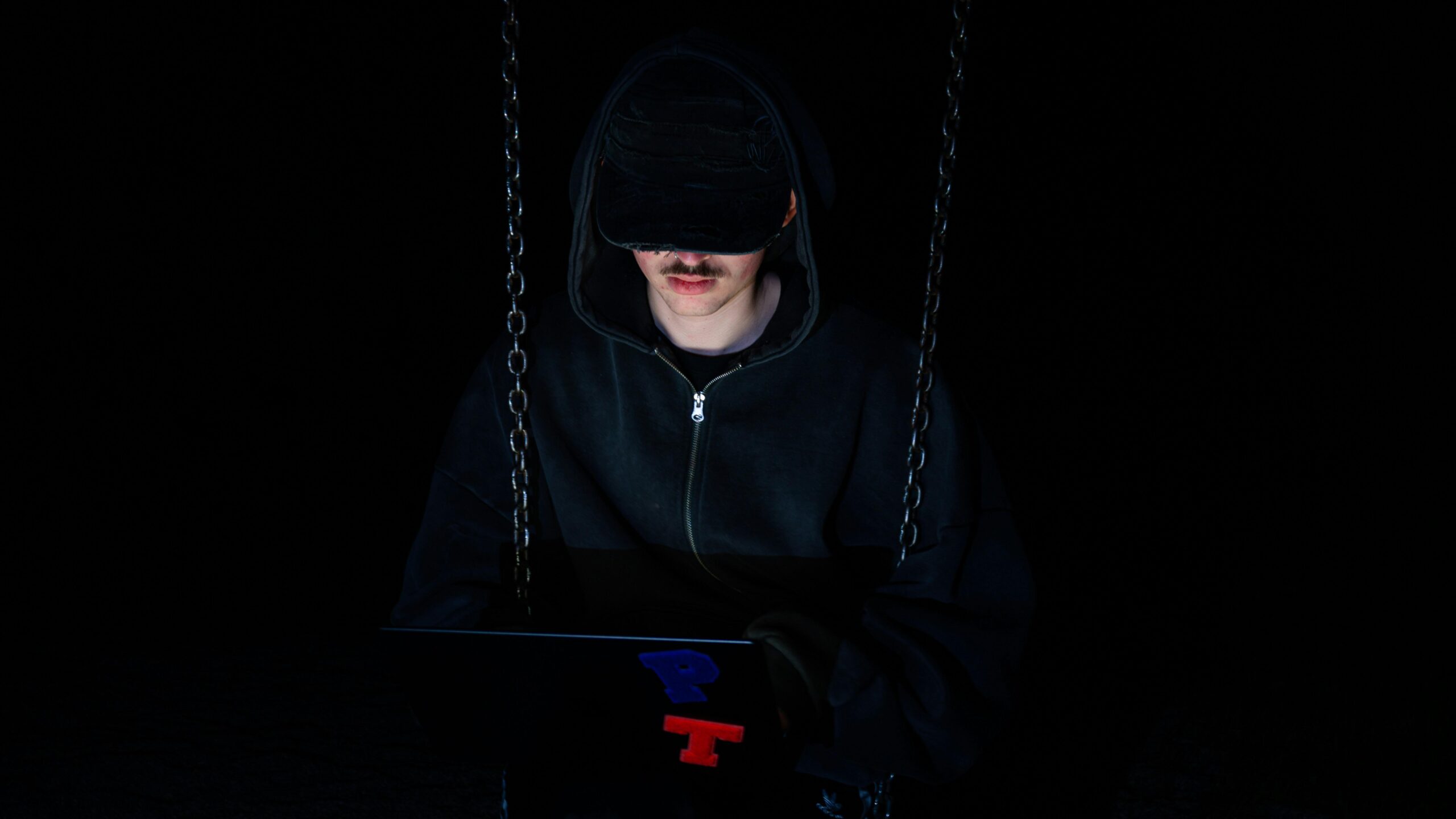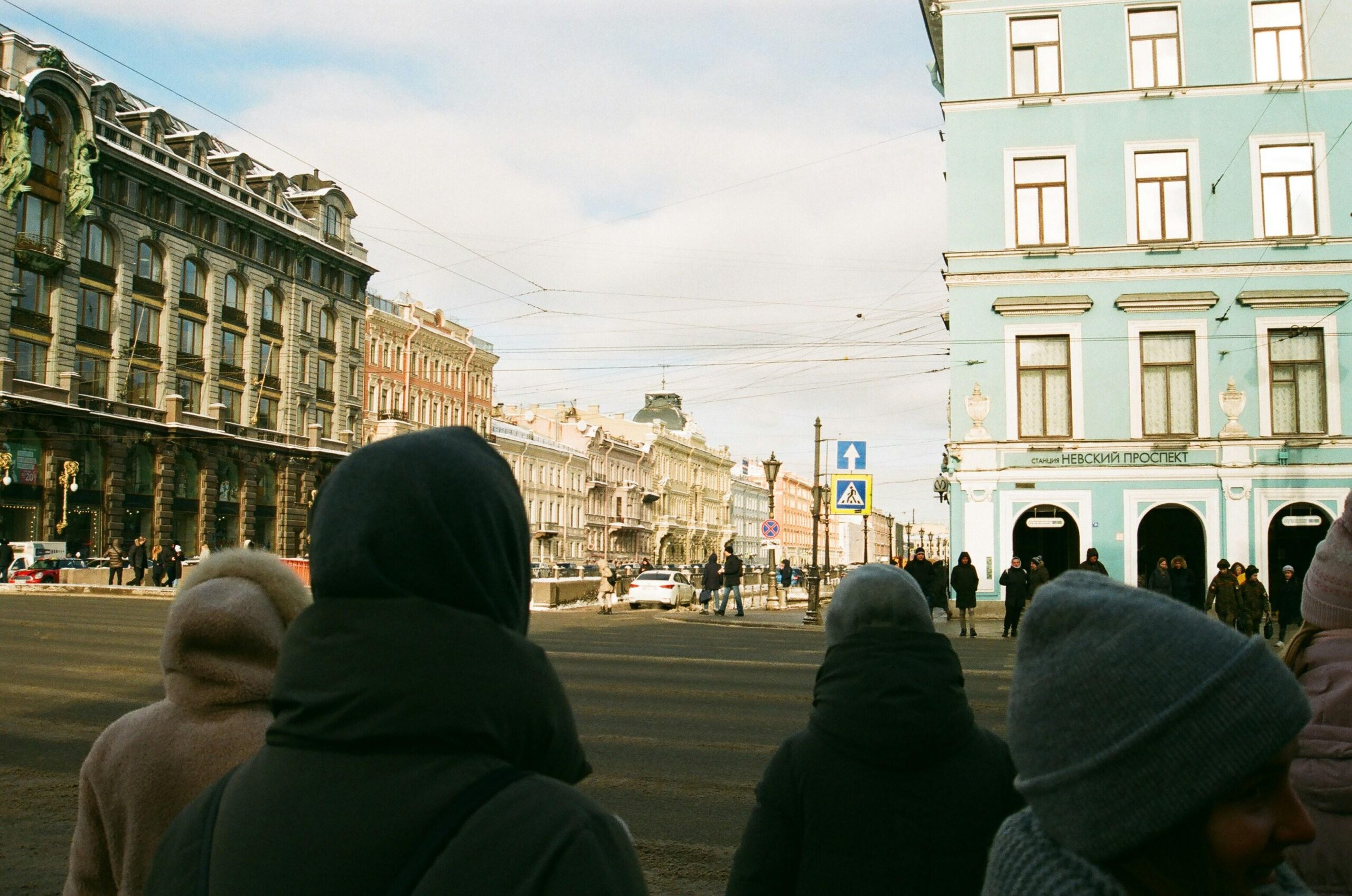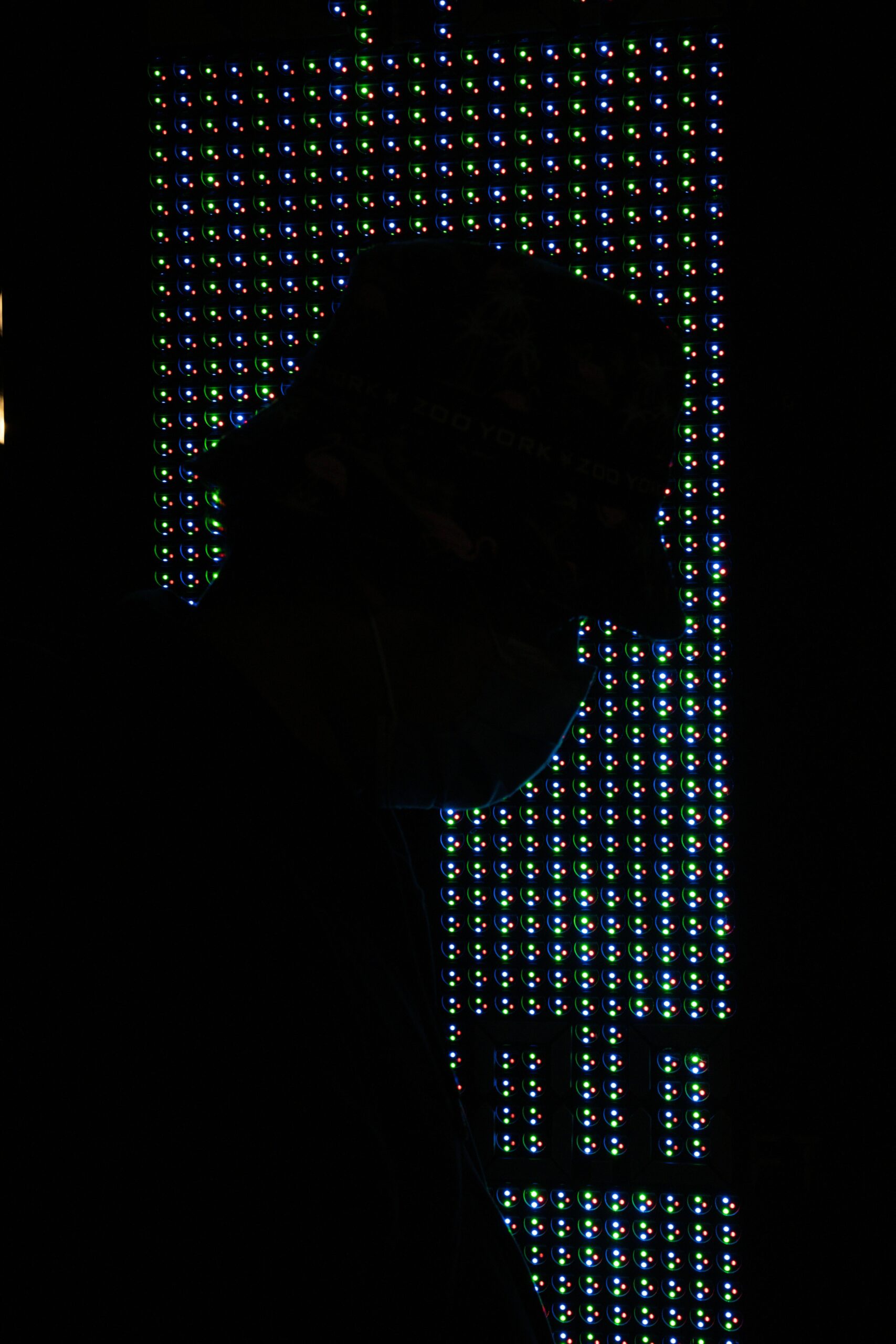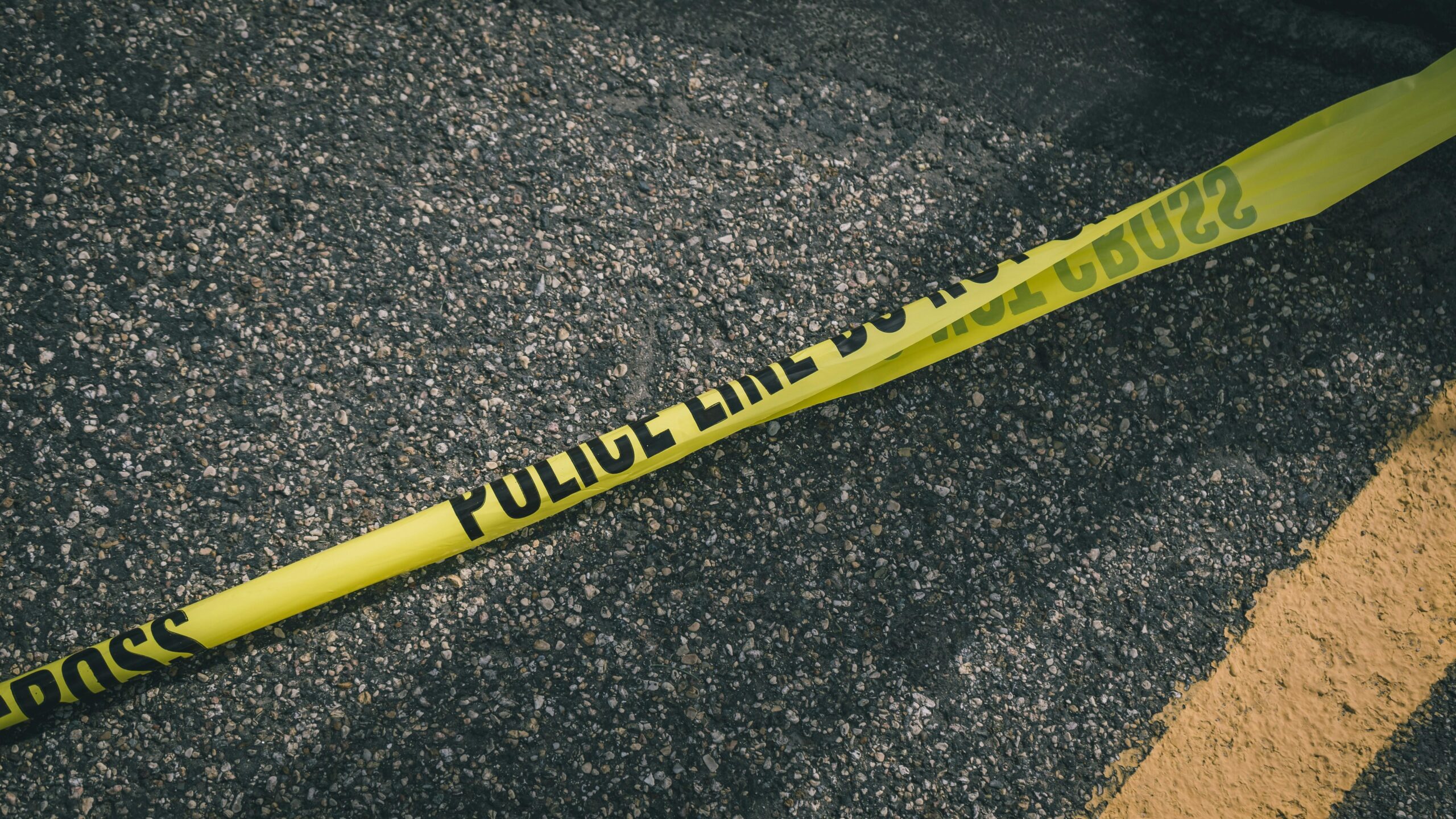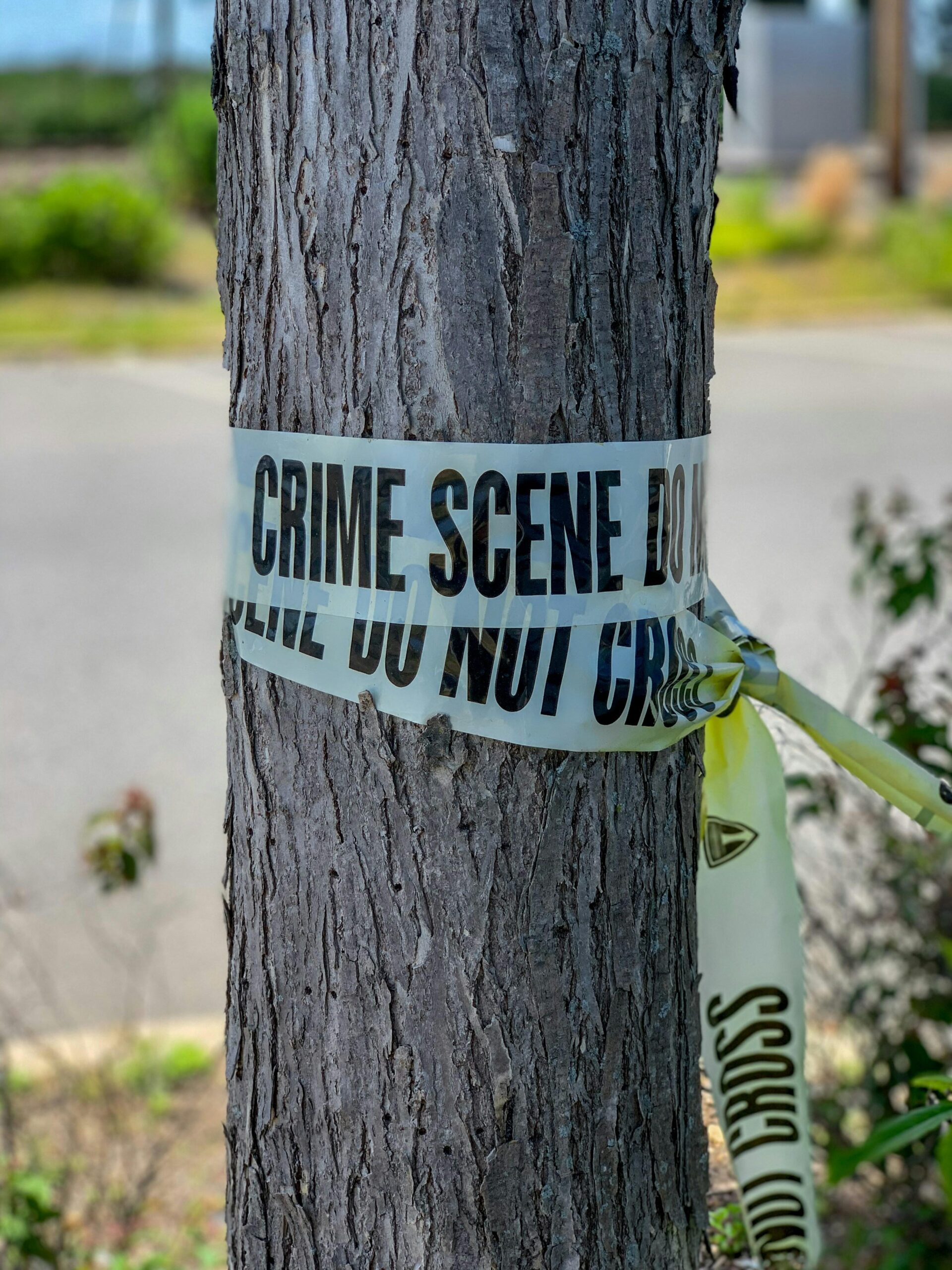When did our neighborhood cops start looking more like soldiers than community helpers? If you’ve ever wondered why police officers sometimes show up armored head-to-toe, carrying gear that seems better suited for a battlefield than a busy city street, you’re not alone. The trend toward police militarization has sparked plenty of curiosity—and controversy. In this article, we’ll dive into the origins of police wearing army-style gear, exploring how and why what started as rare sightings turned into a common part of law enforcement. Join me as we unpack the history and implications of police militarization, and what it means for communities today.
Table of Contents
- Origins of Police Militarization Unveiled
- How Military Surplus Gear Transformed Law Enforcement
- The Impact of Militarized Police on Community Relations
- Practical Steps to Balance Safety and Civil Liberties
- Final Thoughts
Origins of Police Militarization Unveiled
Tracing the roots of police militarization reveals a complex interplay of historical events and societal shifts. The transformation began in earnest during the 1960s, a period rife with civil unrest and heightened tensions between law enforcement and communities. The federal government’s response included supplying local police departments with military-grade equipment through programs like the 1033 Program, aiming to equip officers with the tools necessary to confront what was perceived as escalating threats. This shift was not merely about gear; it was a response to changing perceptions of crime, protest, and public safety, blurring the lines between civilian policing and battlefield tactics.
Several key factors fueled this change, including:
- Cold War influences: The militarization mindset, brought on by fears of subversion and internal enemies, seeped into police culture.
- War on Drugs: Heightened drug enforcement led to tactical squads adopting combat-style operations and equipment.
- Technological advances: Easier access to military surplus arms and vehicles accelerated the transition.
Understanding these origins invites a broader conversation about the impact such militarization has had on community relations and the very nature of policing itself.
How Military Surplus Gear Transformed Law Enforcement
In the decades following major conflicts like World War II and the Vietnam War, law enforcement agencies found themselves with unprecedented access to military surplus gear. This influx offered police forces a practical solution to equip themselves affordably with tactical gear originally designed for soldiers in combat. Items like bulletproof vests, camouflage uniforms, and high-powered rifles quickly became staples, blurring the lines between military and civilian policing. This gear not only upgraded officers’ protection and firepower but also introduced a shift in tactical approaches—moving from traditional policing to more paramilitary-style operations.
Several factors contributed to this transformation:
- Cost efficiency: Surplus military equipment was often cheaper or donated, allowing smaller departments to access advanced gear they couldn’t afford otherwise.
- Rapid response capabilities: Tactical vests, helmets, and armored vehicles enhanced officers’ safety during high-risk situations, such as hostage rescues or armed standoffs.
- Cultural impact: As officers donned military-style attire, the perception of policing evolved, fostering both admiration for their preparedness and concerns regarding militarization.
The Impact of Militarized Police on Community Relations
When police forces begin to don military-style gear—helmets, body armor, tactical vests, and assault rifles—their presence morphs dramatically in the eyes of the community. This transformation often leads to a widening gap between law enforcement and the very citizens they aim to protect. Residents might feel more like subjects under occupation rather than members of a cooperative society. Trust erodes as encounters grow tense, and everyday policing risks being perceived as a hostile operation rather than community care.
Several studies and anecdotal accounts highlight the unintended consequences of this gear shift. Communities report:
- A decline in open communication and cooperation with police officers
- Heightened fear and anxiety during routine interactions or demonstrations
- An escalation in the frequency and intensity of confrontations
Ultimately, militarized gear sends a clear signal: situations are potentially dangerous and adversarial. This messaging can overshadow attempts at collaborative problem-solving and deepen societal divides, making it harder to build the nuanced, empathic relationships necessary for effective community policing.
Practical Steps to Balance Safety and Civil Liberties
Finding a balance between ensuring public safety and upholding civil liberties isn’t a zero-sum game—it requires deliberate, thoughtful policies combined with community engagement. One practical approach is to implement clear guidelines restricting the use of military-grade equipment to specific scenarios that genuinely demand it, such as active shooter events or hostage situations. Transparent, publicly accessible policies about when and how this gear is deployed can build trust and dispel fears of overreach. Furthermore, ongoing training for officers in de-escalation techniques and community-oriented policing models ensures that militarization doesn’t overshadow the core mission of serving and protecting the public.
Engaging local communities in the conversation about police equipment and tactics is equally crucial. Creating advisory boards that include community leaders, civil rights advocates, and law enforcement representatives can foster dialogue and mutual understanding. These boards can review concerns, recommend reforms, and help draft policies that respect both security needs and constitutional rights. Additionally, investing in body cameras and requiring real-time reporting when militarized units are activated adds a layer of accountability. Together, these steps provide a roadmap for a law enforcement paradigm that prioritizes safety without compromising fundamental freedoms.
- Set strict criteria for the deployment of military gear.
- Mandate de-escalation and civil rights training for all officers.
- Establish community advisory groups to guide policy decisions.
- Utilize technology for transparency, such as body cameras.
- Promote open forums to discuss policing practices with citizens.
Final Thoughts
As we’ve seen, the shift toward police wearing army-style gear didn’t happen overnight—it’s a complex story shaped by history, policy, and changing perceptions of safety. Understanding when and why this militarization began helps us ask important questions about the role of law enforcement in our communities today. So next time you spot officers in tactical vests or camouflage, maybe take a moment to think about the deeper story behind the gear—and what it means for the future of policing. Curious to learn more? Stay tuned!


